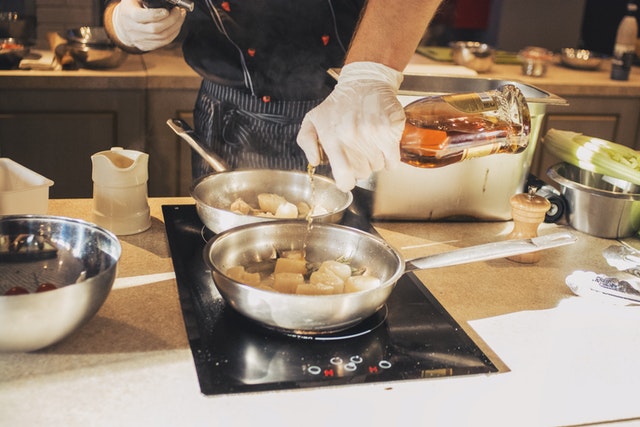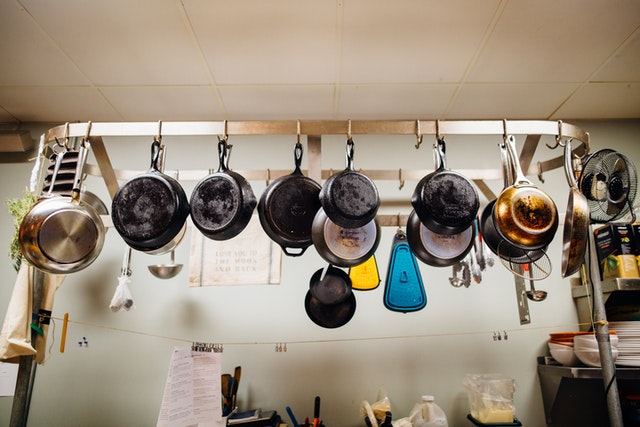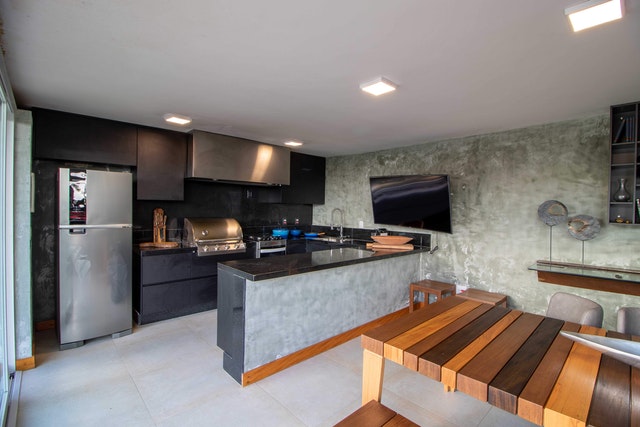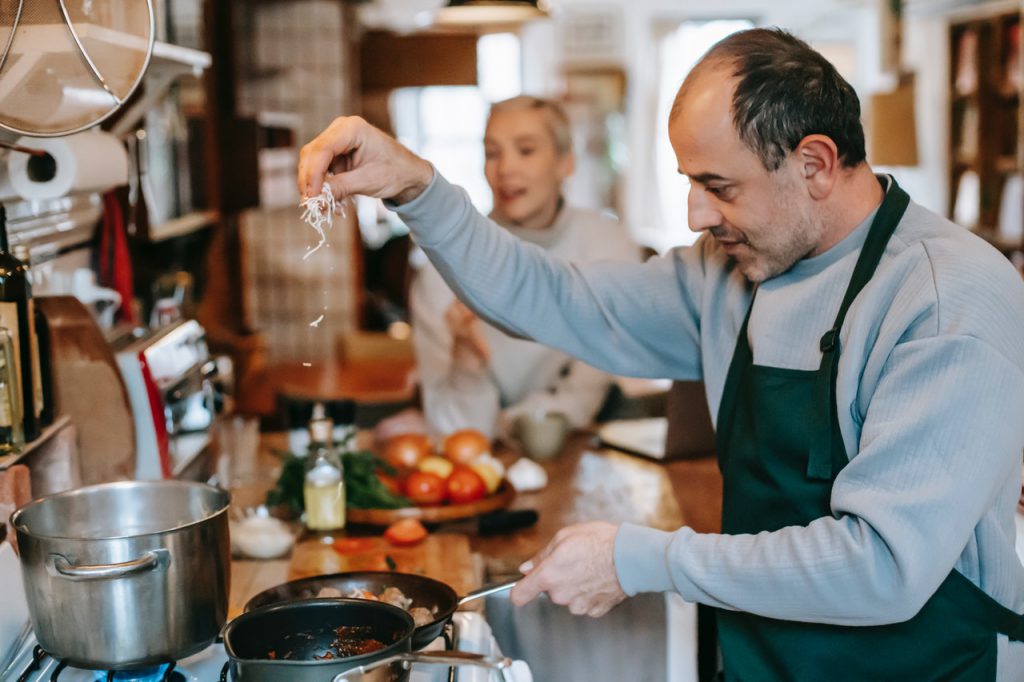Modern kitchens have microwaves (gas, induction, electric, etc.) microwaves, oven, rice, bread, pots, rice sous vied. Most home cooks have a popular recipe for certain dishes, but it’s best to think about it. How much does it cost to prepare food on the table, when it is an effective and efficient method.You may be surprised to learn that small things can make a big difference.
(Many of these major home proposals are the work of the U.S. Energy Efficiency Council)
Match Recipes to Meals While Cooking

Reduce the area to be heated. That is, do not preheat the entire oven to cook a piece of fish. An oven with a toaster or a frying pan is a better option. Use utensils designed for specific tasks (for example, long, slow steam pots and stews, cooking pots). There are pros and cons. Microwave ovens are efficient and inexpensive in terms of energy consumption, but they affect the quality of food.
Use of Appropriate Cookware for Cooking

Do not place small containers on larger objects. According to Smarter House, a 6-inch fan with an 8-inch electric light consumes more than 40% of the heat produced. However, it uses less power to heat it, so choose a fan that works well for the job.
If possible, invest in a high-quality, solid-state kitchen. Cheap curved boilers can use more than 50% boiling water.
Glass and ceramics are more efficient in an oven than metal, allowing food to be cooked 25 °F lower at the same time. Pots with copper soils also heat up faster.
Home Appliance Maintenance

This helps keep the oven and microwave efficient. When the burning pot is full of food waste, it absorbs heat and reduces the efficiency of the burner. When it glows, it reflects heat back to the fan. Microwave ovens work best when there is no more food inside.
The automatic cleaning function is rarely used, but in this case start cooking in a preheated oven.
Save Time
Before cooking, make sure the pre-frozen foods are completely frozen and the meat is at room temperature. This further adds to the cooking and speeds up the process. When grilling a vegetable, cut it into small pieces so that it cooks faster.
If you haven’t baked cakes and bread, leave the oven to preheat and add the food after it’s turned on for a few minutes.
Make sure the oven is on. Cook twice so that it does not overflow. Heating requires less energy than cooking. My personal rule is not to open the oven for anything. If you’re roasting fish or pasta, skip the vegetables, add them to quick desserts or muffins, or add zucchini to weekend soups.
Save a few bucks a month by putting out fires early, especially if you have an electric stove and an oven. The remaining heat will continue to cook the food. If you resist the temptation to open the door, the oven will continue to ignite.

